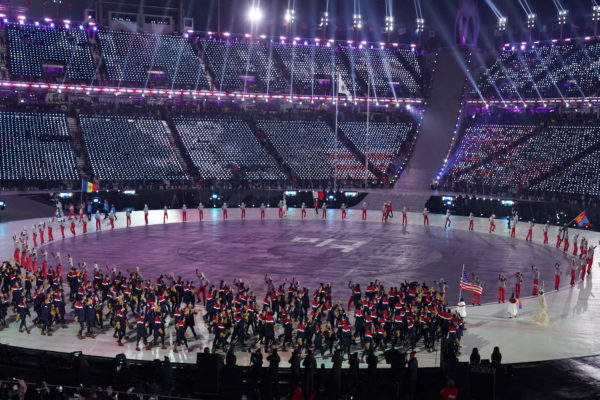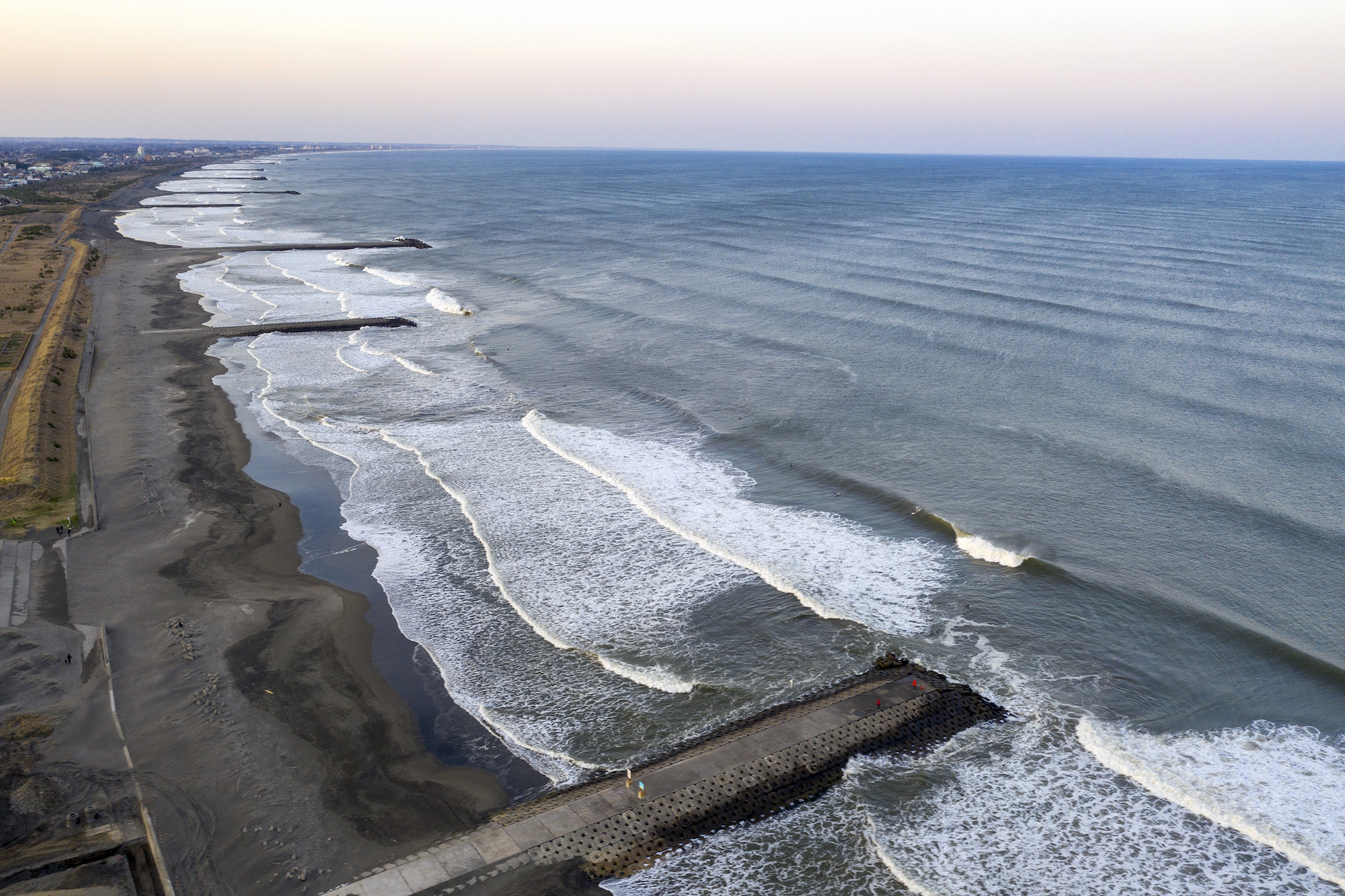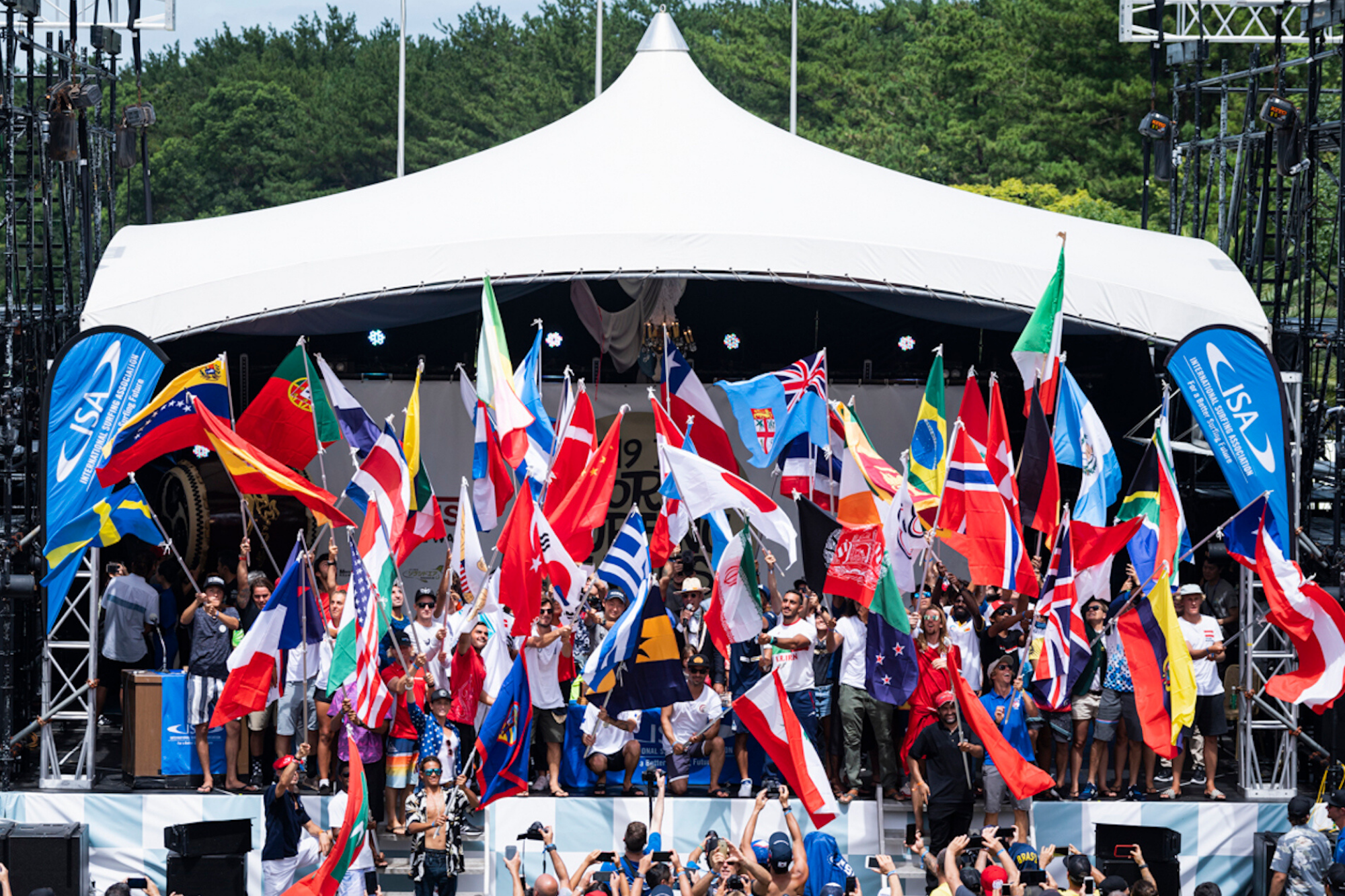The Organizers
The biggest issue snowboarding has always faced is that the IOC gave control of the sport to the International Ski Federation (FIS), which, understandably, led to major tensions. “Why should the Ski Federation come in and take over a sport they didn’t even really like, that actually they’ve been trying to put down?” said Terje Haakonsen in 1998, when he announced he was boycotting the Olympics. This skiing takeover has been at the root of most problems in snowboarding, including issues with the qualifying process, poor contest facilities, inexperienced judges and broadcasting rights. Surfing’s competitive brass took heed of that. The sport’s governing body, WSL, and the body recognized by the IOC, ISA, have forged a close relationship and managed to agree on the big issues regarding the qualification process, judging and event format. As long as that relationship lasts, the process should run far more smoothly than the hostile takeover that occurred with snowboarding.

Team USA marches into the PyeongChang 2018 Olympics opening ceremony. Photo: Leonard Zhukovsky/Shutterstock
The Locations
The Olympic debut for snowboarding in Nagano, Japan, was held at a resort that didn’t even allow snowboarding. “They spelled the name wrong (sno-boarding) and we had the halfpipe in a driving rainstorm,” the late Jake Burton told Transworld. “It was sort of a rocky start.” Eight years later in Vancouver, Shaun White won Gold on a halfpipe built on hay bales and exposed plywood. Now, surfing — more than any other Olympic sport — has even more variables to deal with in terms of weather and conditions. Getting the best waves will be crucial if surfing is to appeal to the mainstream. The fear is our sport might repeat the mistakes of Nagano by holding its first event in substandard Tokyo beachbreaks. It’s worth noting, however, that Surfline conducted exhaustive studies for the ISA about the location and chances of scoring decent surf at Shidashita — and there’s actually a good chance of contestable surf, especially given the two-week waiting period. And with Teahupoo being chosen as the 2024 location, there’s zero chance surfing will replicate snowboarding’s issues with sub-standard venues.
READ: Gathering Forecast Intel in Shidashita, Japan

Shidashita – surfing location of 2020 Olympic Games. Photo: Pedro Gomes
Loss of Soul?
Some may say surfing lost its soul decades ago, and that commercial interests have long held sway over professional surfing. If snowboarding is any model, the Olympics will only serve to push this one way. “Snowboarding certainly gained legitimacy, there’s no question there,” Snowboarder Magazine creative director, Pat Bridges told Outdoor Magazine. “But did snowboarding lose its edge? Yeah. A lot of people romanticize about the days when it was us against them, when we were the barbarians at the gate, where you felt naughty. It was, like, taboo. You were a snowboarder. You were a rebel… It’s lost all that.” Now, surfing and the establishment have had a longer relationship than snowboarding’s ever known, but we all should at least acknowledge that while Olympic inclusion will bring benefits, it could also further dilute the unique, countercultural nature of our sport.
READ: Olympians Who Surf on Surfing in the Olympics
Elite Field or International Gathering?
“The one thing of having four people from one country per sport; why do they accept that?” asked the Olympic denier, Terje Haakonsen. “In Norway, we have more than four guys who have a chance to get a medal on a good day in Slopestyle. Then four guys from Poland who can’t even get top-50 in a normal event get to go. So are you going to have the best guys there, or just an international gathering?” Surfing, too, has gone down that route, with only two surfers from each gender per country allowed, and less than half coming from the WSL ranks. Now whilst the sport’s heaviest hitters like John John Florence, Italo Ferreira, Carissa Moore, Gabriel Medina and Steph Gilmore have all qualified, surfers like Kelly Slater, Filipe Toledo and Lakey Peterson have missed out due to the restrictions. Some might say they are necessary sacrifices as byproducts for Olympics’ inclusionary nature. It is hoped that some fascinating human interest stories might come at the expense of top-shelf competition.

2019 ISA Opening Ceremony. Photo: Ben Reed/ISA
Drug Testing
Snowboarding found out the hard way about the harsh realities of drug testing when its first-ever Gold medalist, Ross Rebagliati, tested positive for weed and had to hand his medal back. That failed drug test brought more coverage, nearly all negative, for snowboarding than any of the action that happened on the mountain. Now, the WSL has an IOC-approved drug-testing procedure, albeit one lacking transparency, with surfers and staff currently being tested both inside and outside of competition. Yet, that’s a relatively new addition to the sport, and many surfers might be shocked by the rigorous nature of Olympic testing. Any failed drug test could do surfing more harm than any good resulting from its inclusion.





Recent Comments